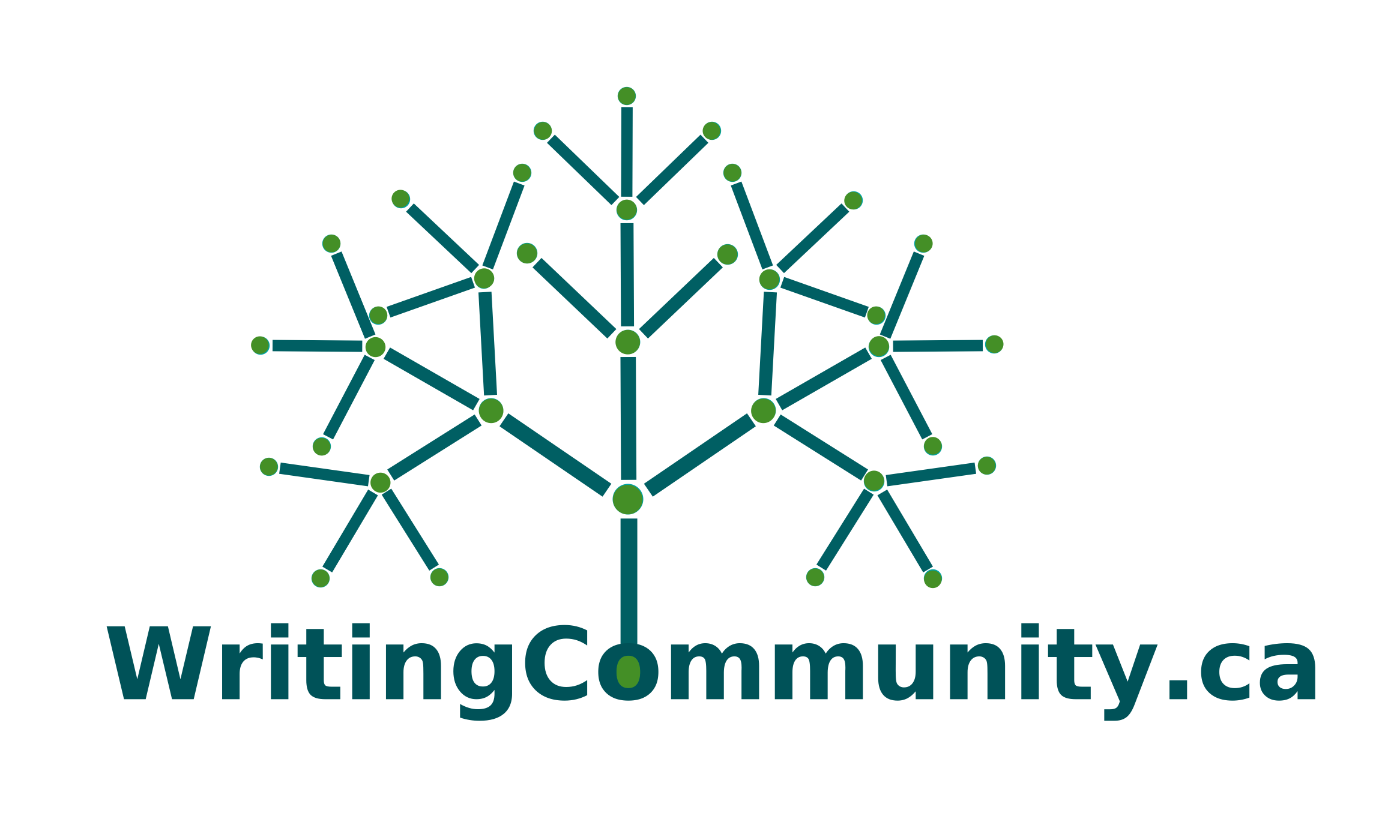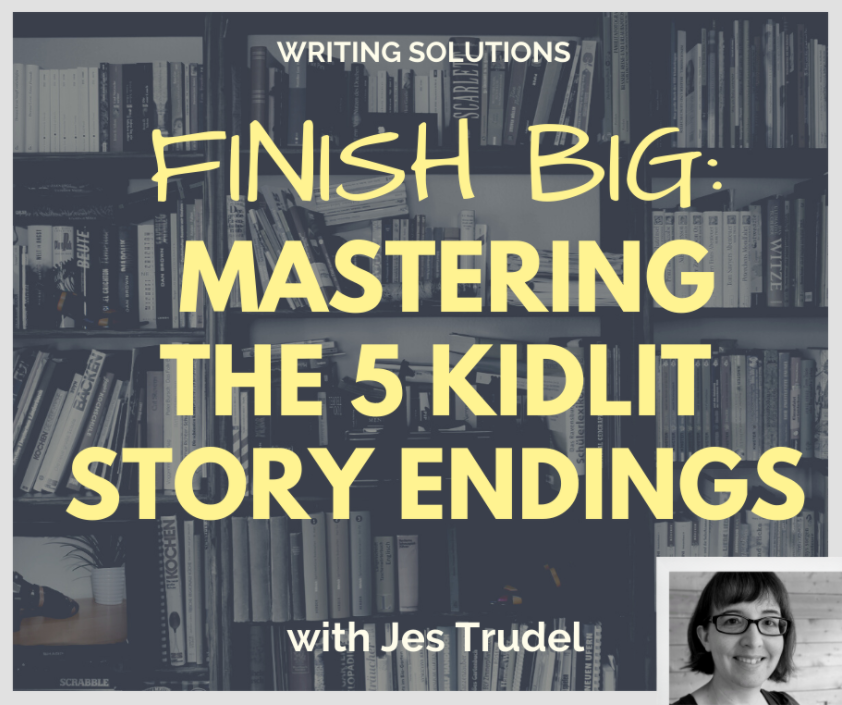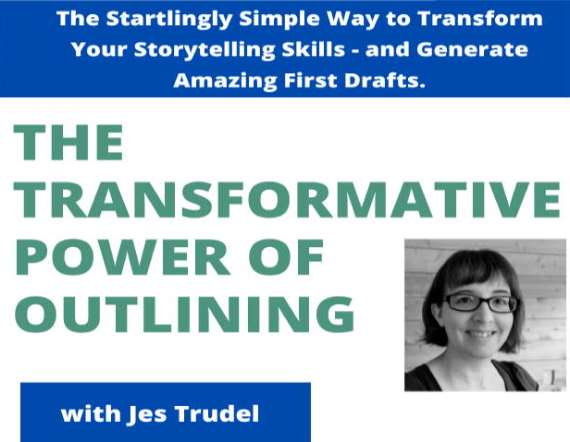
How to Write a Query Letter, One Element at a Time
Query Letter writing is hard for most writers. There are many reasons, but the main two are:
- Query letters are business documents that focus on marketing, and most writers do not have sales or business writing experience.
- Query letters require a certain amount of objectivity about the products being sold (the manuscript and the writer) and it’s nearly impossible for writers to think about either objectively.
This post demystifies the query writing process by breaking down the elements of a query letter one at a time. Here is the basic format of a query letter with each element we will explore in bold:
Dear ____,
TITLE is a audience genre manuscript of wordcount that hook. It is comparable to comps. I am querying you because personalization.
Pitch.
I am bio.
Thank you for taking time to read my submission.
Sincerely, ______
Here is each element explained in the order that it appears in the example above:
TITLE. Your manuscript title should be in ALL CAPS. The caps make your manuscript title stand out, which allows the agent or editor to quickly spot and register the title and file it away in their minds. A bad title rarely warrants an auto-reject, but a great title can hook the reader. To pick a great title, check out titles of other books similar to yours, and choose a title with a similar tone, format, or focus.
AUDIENCE. The audience is the ideal reader for your story. Most times, the audience is a very general category like picture book, middle grade, young adult, or adult, but sometimes the audience can be more specific (e.g. kids aged 3-5, fans of ______). More specific is usually better, but keep it simple. This should not take up more than a few words of space.
GENRE. The genre is category of literature that describes the style or subject of the story (e.g. romance, mystery, science fiction, etc.). This information is vital to understanding what kind of reader your story will appeal to. Not all adults read the same kinds of books. We do not have enough space here to go into detail about all the genres out there, so do your research and be as specific as possible. For example, fantasy is a huge genre that comes in multiple, varying subgenres (e.g. urban fantasy, high fantasy, magical realism, etc.). Be as specific and accurate as possible.
WORDCOUNT. Your wordcount is the number of words in your manuscript (minus non-story elements like title, illustration notes, backmatter, etc.). Round your wordcount to the nearest 100 for picture books, and to the nearest 1000 for longer works.
HOOK. Your hook is what makes your story unique and highly marketable. You want your story to stand out from other manuscripts in the query pile. A hook is specific. If you say your story has vampires, that’s not a hook because many stories have vampires, but if your story features vampire pirates, that is a stronger hook. The more specific it is, the better (usually). So, for example, if your vampire pirates are also matriarchal, this adds an additional level of marketability. A hook is something high concept and easy to understand. Matriarchal vampire pirates who are facing an existential crisis of conscience verges on too complex and ambiguous for a hook.
COMPS. Comps, or comparable titles, are recently published books that are similar to yours. Two comp titles are great, though a third can add context when needed. If you have “for fans of ____”, don’t also include a third comp. Comps should have been published within the last five years, preferably in the last three. The more recent, the better. Successful titles are preferred. If your comps are too obscure, you run the risk of an agent or editor never having heard of the comp. Your comps are meant to show where your book belongs on a book shelf, but also how marketable your book is, so if you compare to something that didn’t sell well, you’re suggesting your book will release to similar obscurity. Avoid comparing to household names like The Hunger Games or The Shining as this suggests you might see yourself or your book as the next big blockbuster, a lofty expectation for anyone to live up to. Put comp titles in italics, not all caps, as you want your own title to stand out.
PERSONALIZATION. Personalization lets the agent or editor know that you have done a little research on them before submitting. A little research can save everyone a lot of time. You don’t want to query your adult literary novel to an agent that only reps books for kids. Research should go further than just genre and audience though. Many agents and editors will be specific in what they don’t want. They may not want picture books that rhyme, or they may not want novels that feature graphic violence or sex. In addition, many agents and editors list books they especially want to see, usually referred to as their manuscript wish list (mswl). They might be especially eager to read queer memoirs, or be particularly excited to find a witchy middle grade series. Your personalization line is your opportunity to show why your manuscript might be exciting to this particular agent or editor.
PITCH. The pitch is what the back cover copy would look like if your manuscript were a published book. The forms the pitch will take vary from manuscript to manuscript. Generally, for fiction, the pitch should include relevant details about the main character, their problem, the inciting incident, the complicating factors, and the stakes. And for nonfiction, generally, the pitch should include what the book is about, what personal or societal problem is addresses, and what solution readers can find within its pages. Pitch writing is complicated, so we can’t address all the forms it will take here, but those are a couple examples.
BIO. The bio tells the reader a little about the author of the manuscript — you! If you have writing credentials, they belong here (prior publications, writing awards, memberships with writing groups or associations, etc.). If you don’t have any writing-related experience, you can tell them about your hobbies, your career, your family, or your pets. If you have personal or professional experience relevant to the manuscript, you can mention that. Finally, if you’d like to self-identify as part of a marginalized group, you can do that here.
Now that we’ve explored each element, here is a sample query letter that pulls it all together, written by Jes Trudel (founder of WritingCommunity.ca):
Dear _______,
LARA’S LENS is a 300-word picture book that features a girl artist exploring multiple art forms. It is comparable to Sometimes Its Bright by Annie Ruygt and The Paper Bird by Lisa Anchin, and will appeal to fans of the perennial Most Magnificent Thing by Ashley Spires. I’m querying you because you’re looking for lyrical manuscripts on STEAM topics.
Lara, a budding child photographer, realizes the brilliance of the night sky doesn’t shine through in her photographs. Lara attempts other art forms to emulate what she sees, but something is missing from each one. Doubting her artistic talents, Lara pouts and ponders until she makes a creative breakthrough.
I’m a Canadian writer, editor, and creative writing instructor with a BA in English and a diploma in business. I’m a member of SCBWI and 12×12, and have been a guest presenter with Children’s Book Insider and The Shit No One Tells You About Writing podcast.
As a neurodiverse and genderqueer person, I truly appreciate you taking the time to consider my query. I can send additional manuscripts upon request.
Sincerely,
Jes Trudel


